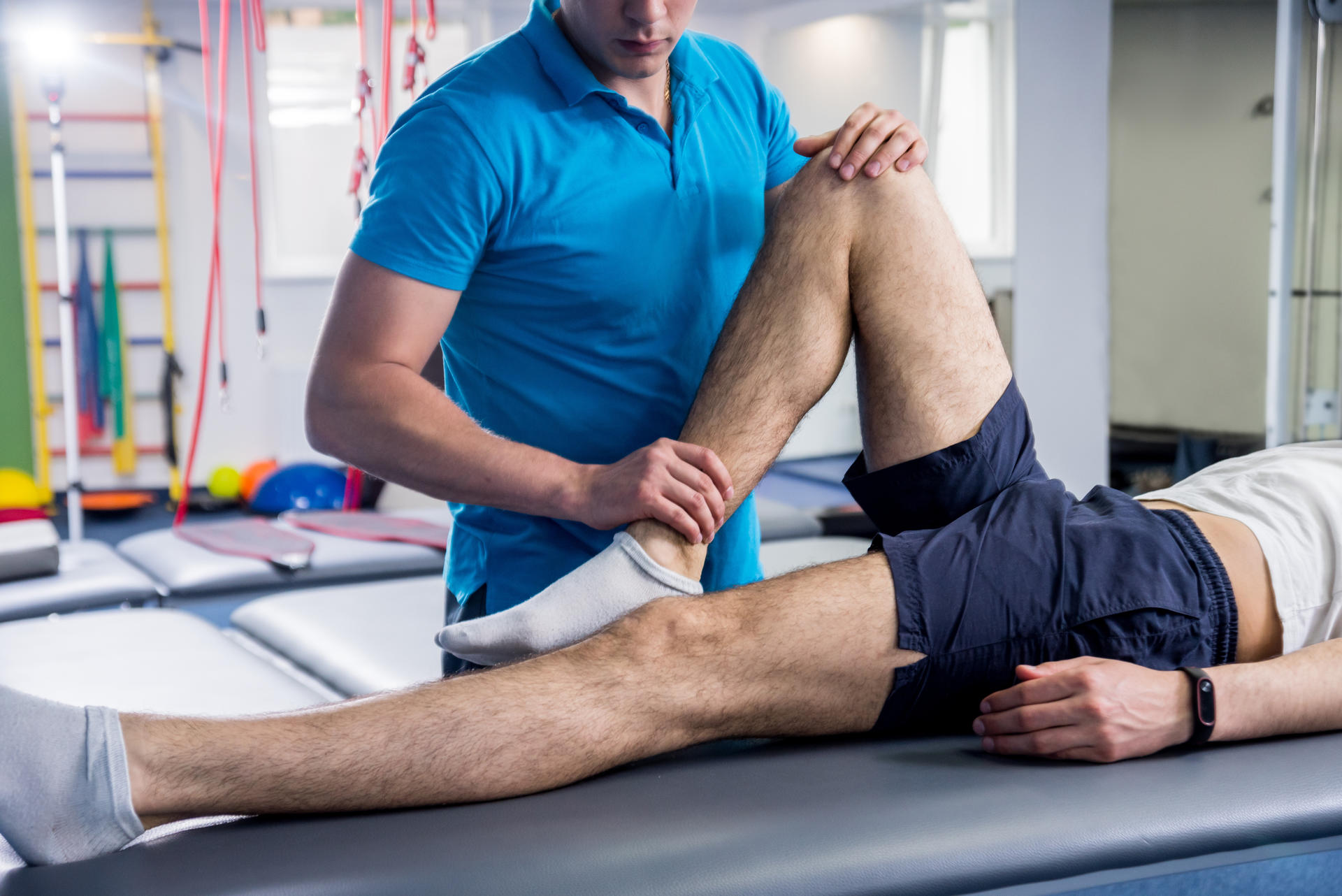You don’t have to be a professional athlete to suffer from an ACL injury. ACL injuries can sideline anyone, from NBA stars to weekend warriors.
Studies show that effective ACL injury prevention programs can help prevent these serious knee injuries. These programs focus on improving strength (especially in the quads, hamstrings and core), jumping and landing technique and balance.
1. Strengthen Your Core
The ACL is one of the most important muscles in the knee, and it’s a very common injury among athletes. ACL tears can be devastating, but there are a few things you can do to prevent them from happening in the first place.
The best way to reduce your risk of ACL injuries is to strengthen your core muscles. These are the muscles that form a natural girdle around your trunk, and they include your abs (your rectus abdominus, obliques, and quadratus lumborum muscles), your back muscles (erector spinae and multifidus), and your pelvic floor muscles. When these muscles are strong, they support and protect your lumbar spine and keep your body in the correct alignment when you move.
A strong core also increases your flexibility. This is important because as adults, we start losing our flexibility over time. Performing a few simple exercises and stretches each day can help you maintain and improve your flexibility over time, which will decrease your risk of ACL injuries.
Another way to prevent ACL injuries is to work on improving your landing mechanics. Many athletes, especially females, tend to jump and land with their knees close together, which puts more stress on the ACL. It’s important to train and exercise the hip muscles, specifically the gluteus medius, to promote proper landing mechanics.
2. Strengthen Your Legs
Strengthening your leg muscles is a key element of ACL injury prevention. A physical therapist can recommend exercises and drills that will help you build muscle to support your knee. Athletes can also decrease their risk for ACL injuries by focusing on how they decelerate and land. Landing on a straight leg can create excessive force that can exceed your knee’s natural ability to handle the load. This force can lead to ACL tears and other injuries.
In addition, a lack of strength in the lower body and core can increase your risk for ACL injuries. The hamstrings and hips can provide balance and control to help reduce the stress on the knee when you change direction during sports, such as running, stopping, pivoting and jumping.
Studies have shown that injury prevention programs that combine plyometrics, strength training and balance and core-strengthening exercises are most effective in decreasing ACL injuries. Athletes should perform these exercises several times a week to build the necessary strength to prevent injuries.
Female athletes tend to experience more ACL injuries than males, and this is likely due to family history, hormones and neuromuscular control as well as joint morphology. Females have a higher peak power in the quadriceps when they jump, and they have less control of the valgus angle at the knee during landing. This can lead to more impact stress on the knee and excessive movement of the femur forward on the tibial plateau.
3. Get Your Knee Aligned
ACL injuries are common in sports that involve jumping and changes in direction. They are the most serious knee injuries and can tear the ligament completely. A torn ACL requires surgery and up to a year of recovery. Many injuries can be prevented with a well-designed injury prevention program.
The ACL is a crucial part of the knee that helps stabilize the joint. The ACL is especially important in sports that require frequent changes in direction, such as basketball, soccer, football and downhill skiing. Female athletes are at increased risk of ACL injuries because the knee may buckle or give way when making quick pivots.
Whether you are a competitive athlete or just starting out in a sport, it is a good idea to implement a well-designed ACL injury prevention program. These programs are designed to strengthen the muscles around the knee and improve biomechanics. They can help reduce the risk of injury and increase performance.
The best ACL injury prevention programs include strengthening, plyometric and balance components. They also incorporate motor learning principles, such as external cues and implicit learning. Athletes should practice the program several times per week to see results. Athletes should start the program before the season and continue training throughout the year. Athletes should listen to their bodies and stop if they feel pain in their knees or thighs.
4. Stretch Your Legs
An ACL tear can be debilitating, but it’s possible to prevent one. Strength training and proper sports conditioning can help ensure movements are completed correctly and athletes understand techniques that allow them to move more safely.
Stretching is a great way to warm up muscles and reduce injury risk. It can be as simple as jogging in place or doing jumping jacks for about five minutes to raise your heart rate and increase the temperature of your muscles. Holding each stretch for 30 seconds is ideal, and if the exercise starts to hurt you, back off.
You can also improve your knee stability by doing plyometric exercises, which are dynamic movements that require quick changes in movement and speed. These types of exercises can be helpful for athletes who play soccer, basketball, football and other sports that involve running, jumping, cutting and changing directions.
It’s important to note that 70% of ACL tears do not occur as a result of contact, but rather from movements such as pivoting or changing direction quickly. Increasing agility, by teaching the knee to crouch and flex at the hips and ankles can help minimize this stress on the ACL.
While there is no single perfect ACL prevention program, many studies have shown that programs that include strengthening and plyometrics are effective. Incorporating these exercises into an athlete’s routine is critical and the earlier they start, the better.


